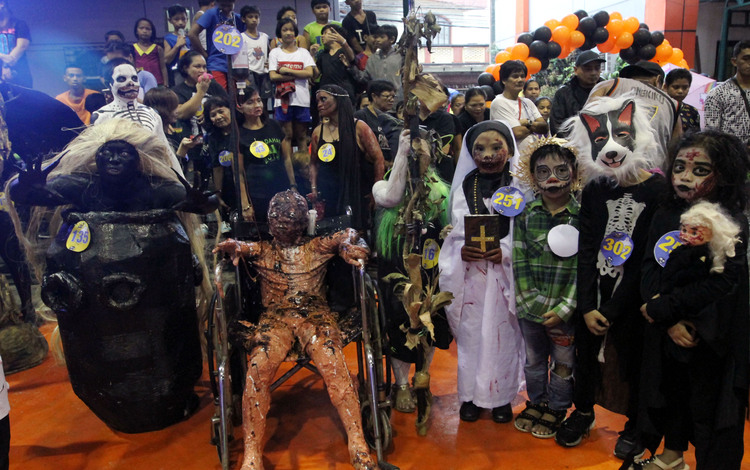The practice of “Trick or Treat” is observed every Halloween season in various parts of the world, where children don different costumes, ranging from superheroes to frightening characters, and go door-to-door seeking treats. The term “Trick or Treat” is used as a friendly request for candy or other goodies. The “treat” usually consists of sweets, although in some cultures, money might be given instead. The “trick” part is more of a playful threat, suggesting that some mischief might occur if treats are not provided. Many people signal their willingness to participate by decorating their homes with Halloween decorations or leaving their porch lights on, which is a universal sign that they have treats to give out. Some households even leave treats on their porches for kids to take freely.

In the Philippines, the tradition of trick-or-treating is also popular, particularly in villages and malls. Children carry pumpkin baskets and go from house to house, receiving candies from generous homeowners, accompanied by the familiar “trick or treat” chant.

Filipinos are naturally creative and inventive when it comes to creating themes for parties and costumes, especially during trick-or-treat events for their kids. An example of this creativity was demonstrated by a mother who gained admiration from netizens for her unique and cost-effective costume idea. She used a single color and transformed her child into what looked like a “tiyanak” (a mythical creature from a 90’s horror film) with the use of what appeared to be a diaper. Many netizens praised her for her ingenuity, and they considered her child’s costume a winner.

